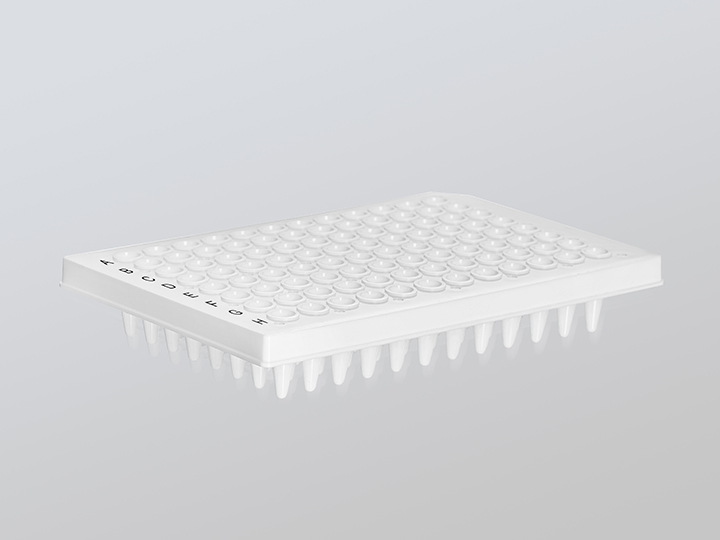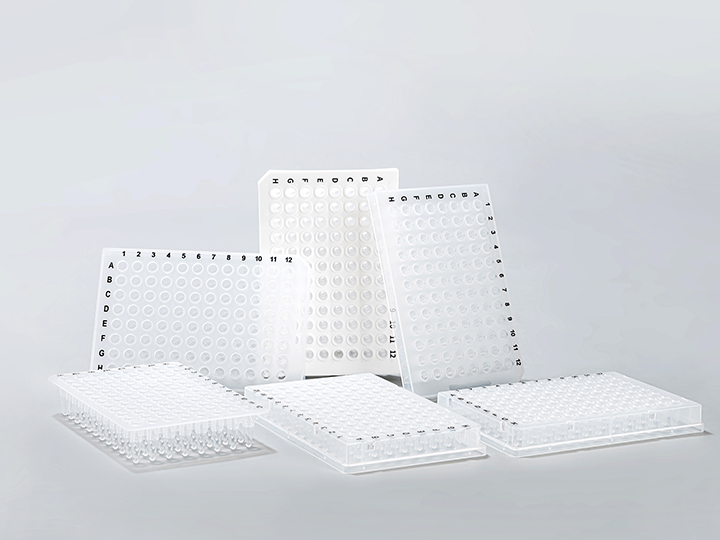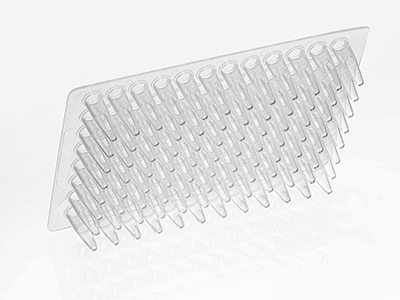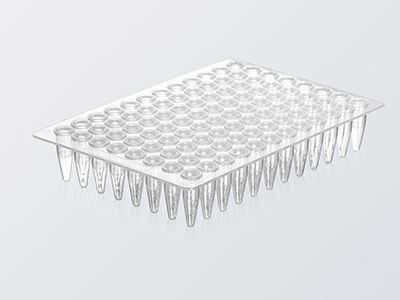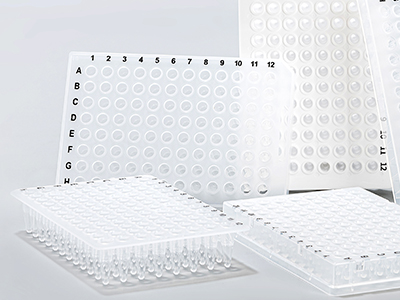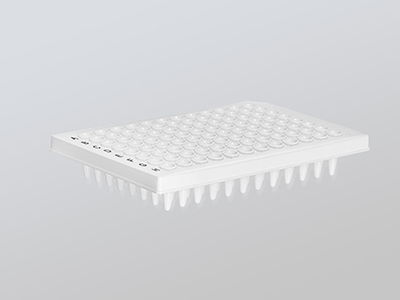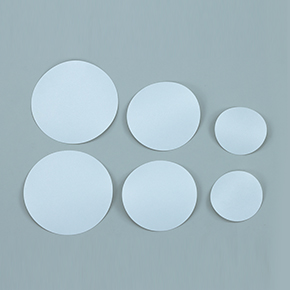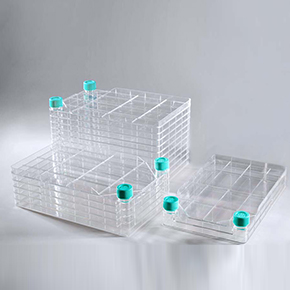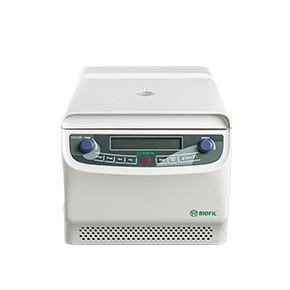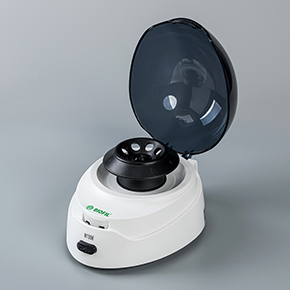| Cat. No. | Capacity(mL) | Specification(well) | Skirted | Color | Sterile | Qty. Per. Box | Qty. Per. Case |
| PCR400096 | 0.2 | 96 | Non-skirted | Transparent | N | 10 | 100 |
| PCR410096 | 0.2 | 96 | Semi-skirted | Transparent | N | 10 | 100 |
| PCR420096 | 0.2 | 96 | Fully skirted | Transparent | N | 10 | 100 |
| PCR401096 | 0.2 | 96 | Non-skirted | Transparent | Y | 10 | 100 |
| PCR411096 | 0.2 | 96 | Semi-skirted | Transparent | Y | 10 | 100 |
| PCR421096 | 0.2 | 96 | Fully skirted | Transparent | Y | 10 | 100 |
| PCR500096 | 0.2 | 96 | Non-skirted | White | Y | 10 | 100 |
| PCR510096 | 0.2 | 96 | Semi-skirted | White | Y | 10 | 100 |
| PCR520096 | 0.2 | 96 | Fully skirted | White | Y | 10 | 100 |
PCR Plates
Specification: 96-well non-skirted, 96-well semi-skirted, 96-well fully skirted
Capacity: 0.2 mL/well
Color: Transparent White
